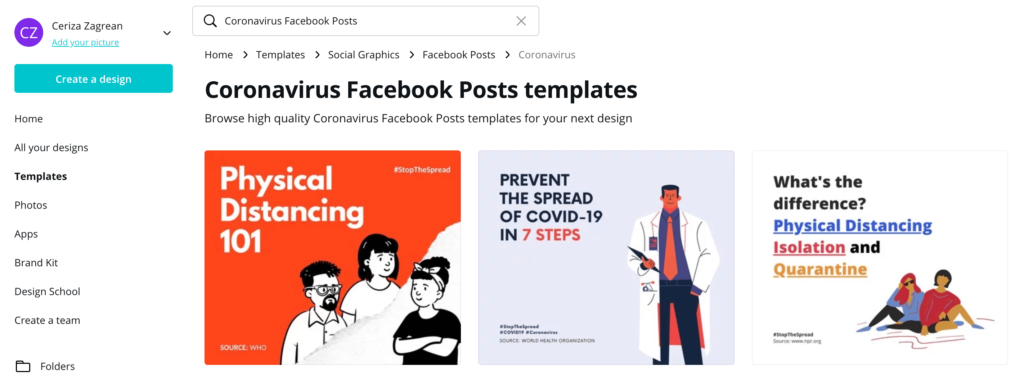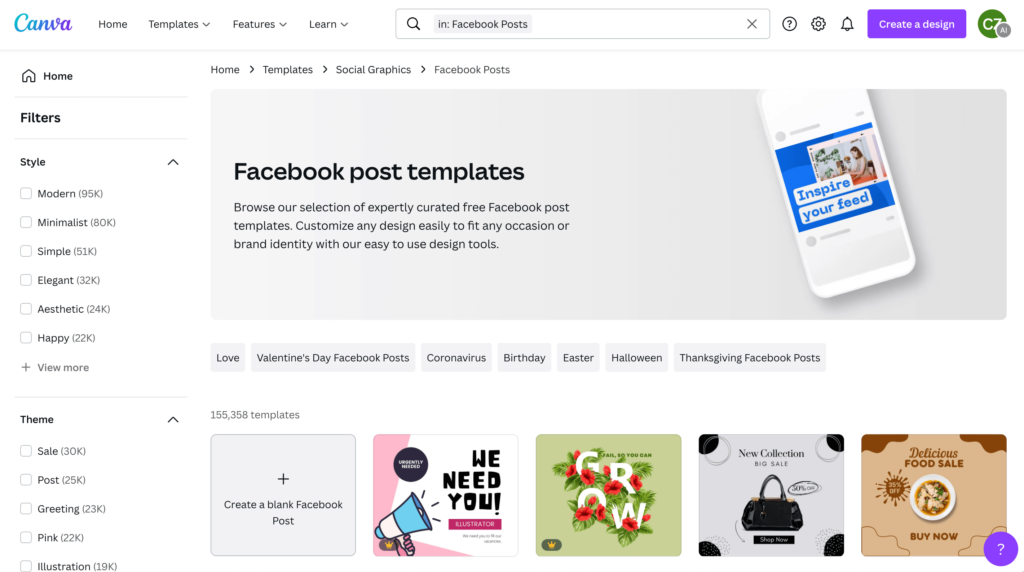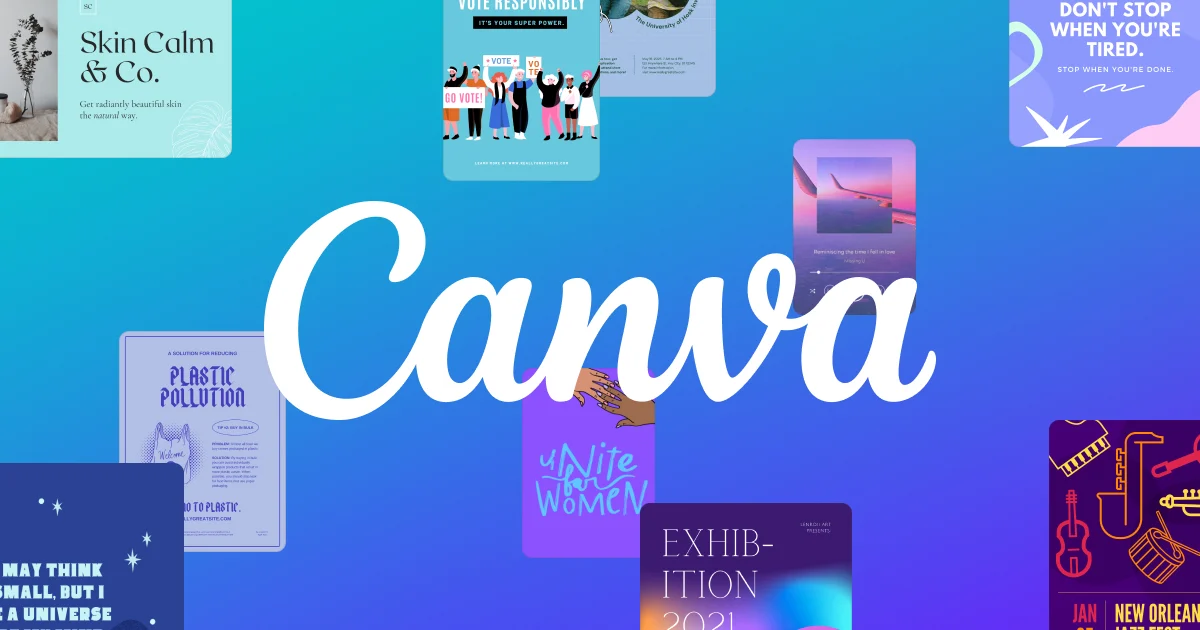Launched in 2013, Canva boasts more than 7 billion designs available on its platform. It’s no wonder more and more businesses, big or small, end up using it for their graphic design needs. Today I would like to dig a little deeper into Canva and find out why businesses like it, who it is really made for and what is the future of graphic design when platforms like this are evolving every year.
What is Canva?

Canva is an online platform that allows users to create content and graphics. It is very easy to use, even by those who don’t have design knowledge.
The platform provides templates for social media, business presentations, branding and even websites. It also has a large library of infographics templates, brochures and newsletter mockups. All can be edited, modified, downloaded or directly sent to your accounts. You can even order products with the designs you created. It is truly a treasure trove of digital graphics.
The main website also offers free courses, helping smaller brands and other interested individuals in learning about personal branding, graphic design and much more.
Who is Canva made for?
In 2021 Canva reported a community of over 75 million people in more than 190 countries who were using the online tool every month. But even though the platform is most often used by companies with 10 to 50 employees, it was reported that more than 40% of Fortune 500 companies are using it right now.
An internal study on small and medium companies has shown that most of the business owners find designing marketing materials very time consuming and wished that the design process was more efficient in their company. So it’s clear to see the advantages of using such a platform, no matter the size of the business or of the marketing department.
Types of content you can find on Canva
One of the best things about Canva is that even if it has tons and tons of designs, they are well sorted and very easy to find. Here are some templates and features available:
 Templates:
Templates:
- Social media
- Instagram stories
- Instagram posts
- Facebook posts
- Facebook covers
- Youtube channel art
- Linkedin Banners
- Personal
- Invitations
- Cards
- Resumes
- Postcards
- Planners
- T-shirts
- Business
- Presentations
- Websites
- Logos
- Business cards
- Invoice
- Business Letterheads
- Marketing
- Posters
- Flayers
- Infographics
- Brochures
- Newsletters
- Proposals
Features
- Photos
- Icons
- Print products
The future of graphic design
So what is the future of graphic design after the emergence of tools like Canva?
It is true that the market is shrinking a little bit after the pandemic and some studies have shown that the graphic design market is said to decline by 4% in the following years. But I don’t think graphic design companies and freelancers should be closing down shop anytime soon. This is because the online medium is still growing and there will always be a need for professional, creative and unique graphics.
Pre-made templates will always be useful. Especially because they have a fast turnaround and they cover a lot of trends, but they will never compete with original branding compositions, such as the ones created by an in-house graphic designer or an agency.
I’ve read somewhere that graphic designers don’t just create logos, they build brands and I think this is a very nice way of seeing things. There will always be a market for cheaper and faster design implementation, while at the same time there will always be a demand for professional design creation.
Who knows what the future holds? But it’s very interesting to see how the market evolves in future years. Maybe A.I. will take over the day to day steps of design creation, while people will be able to invest more time and energy in designs that matter for their brands.
What do you think will be the future of graphic design? And does Canva have a place in it?








One Comment